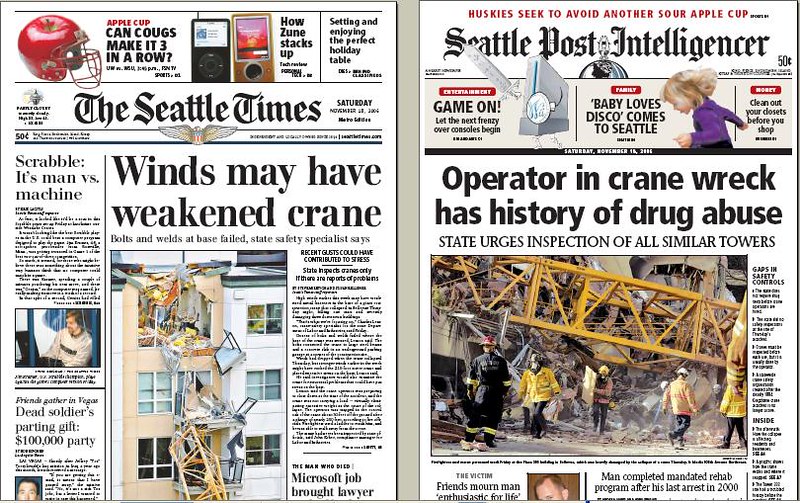The ‘Encoding/Decoding’ Model was brought by Stuart Hall, and his idea was that the messages sent out by the media are created, transmitted, and lastly perceived/understood by the audiences through a process. A process with 3 steps: Encoding, Transmission, and Decoding.
Encoding, in other words crafting the message, whoever produces these messages fabricates them to carry meaning, values, or ideologies. And media producers fill the message with intended significance, projecting a specific viewpoint or narrative.
Imagine you’ve received a piece of objective information as if you’ve just landed on a plain field, and somebody drew a vague arrow by your feet, leading you towards a certain direction.


Transmission then, how these messages crafted were sent. Ideally is to spread them wide and fast through various paths, to reach as large amount of audience as possible. It’s much like adverts trying to capture attention from their target audiences, but the consumption part is replaced by the action of accepting the message with the pre-planted (is that a word?) viewpoint.
This example on the left is just one way of spreading the message (newspaper) and showing how one incident can be shaped/encoded in different ways to send out different messages.
Lastly, the most intriguing part is decoding. Hall claims that audiences actively interpret/decode messages based on their cultural background, experiences, and social contexts instead of simply receiving them passively.
Hall brought out three types of the decoding process. Bear with me using the plain field metaphor a few more times.
Dominant Decoding, the audiences align with the intended meaning, decoding the message as the producer intended. So, this belongs to the people who went along where the arrow pointed.
Oppositional Decoding, means that audiences radically oppose the intended meaning, decoding the message in a manner contrary to what the producer envisioned. The ones who actively go in the exact opposite direction of those arrows would be doing the oppositional decoding.
Lastly, Negotiated Decoding is an exception between the two polarized choices. It’s when audiences interpret the message with a nuanced understanding that may differ from the producer’s intentions, somehow finding the balance between acceptance and challenge. Those arrows might not be enough to explain this one, so, for instance, some news says “It’s terrifying that over half of the states in America do not need background checks or require licenses to own guns.” Well clearly this is going against gun ownership, but some people might just read it and start picking optimal places to move to enjoy further of their hobbies
In essence, this model indicates that meanings aren’t constant but emerge through negotiation between producers and audiences in cultural and social contexts, and understanding it is crucial in our modern media world. It prompts us to question not only what messages are conveyed but also how individuals from diverse backgrounds interpret these messages. We’re gaining richer perspectives on the multifaceted nature of media communication by learning the active role of audiences in decoding
References:
S, Hall. (1980). “Encoding and Decoding in the Television Discourse.”
J, Wren-Lewis. (1983). вАЬThe encoding/decoding model: criticisms and redevelopments for research on decodingвАЭ


Hi, AKI! I really like the creativity of your article – using the symbolic consciousness of the arrow to explain encoding and decoding. It is very relevant to the terms you are trying to explain in your article, because the process of transmission from encoding to decoding is really guided by the arrow. But I think a specific example can be given in the article to make what is dominant decoding, anti-decoding and negotiated decoding more concrete. Good job.
This example of an arrow on a plain is very interesting. It’s like the guided state of information dissemination, where we are all in need of the information that is being disseminated by encoding. Whereas the decoding part depends more on the audience itself, on their own understanding and needs, which is due to cultural and social context. All in all, your blog very clearly ends the model ~